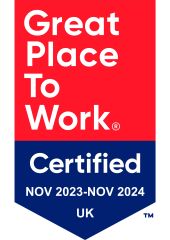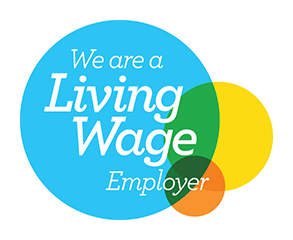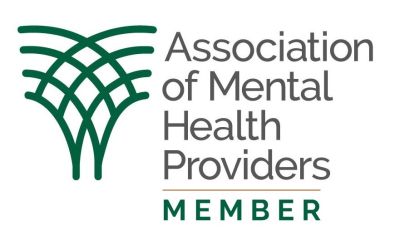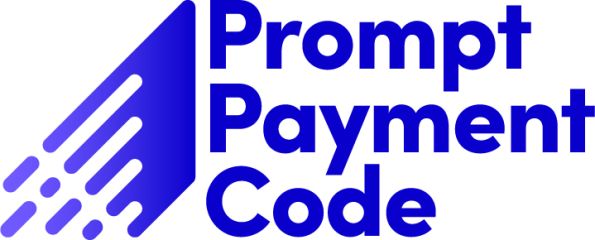Amy, who is in her mid-fifties, has a genetic condition that would usually lead to death as an infant. She has been cared for throughout her life and she has profound capacity issues, so she lives in a residential home. Most decisions around her care and support are made for her and in her best interests.
The Best Interests (BI) checklist is a checklist of things to consider when making decisions in someone’s best interests. Advocacy professionals are very skilled in seeking the person’s views, wishes and feelings when making the sorts of decisions, with the support of an IMCA where necessary, consulting with other relevant professionals where appropriate.
Seeking the person’s views, wishes and feelings and consulting with others are now perhaps the two most widely known elements of the BI checklist.
However, all the factors in the BI checklist need to be taken into account when making BI decisions.
Although the starting point should always be what would the person want if they could choose for themselves, and the two factors noted above directly address this, there are other explicit factors in the BI checklist that are illuminated in cases like Amy’s.
Professionals are told in the Best Interests checklist to “avoid discrimination”. This means not making “assumptions about someone’s best interests simply on the basis of the person’s age, appearance, condition or behaviour”.
The plans for Amy’s support are now moving toward planning for the end of her life. The most important part of her time with advocacy has been the Best Interest checklist over a range of decisions around SMT, DNACPR and currently an EHCP.
When a layman may question why professionals work so hard in such circumstances, the MCA provides part of the answer in the Best Interests checklist – we avoid discrimination.













